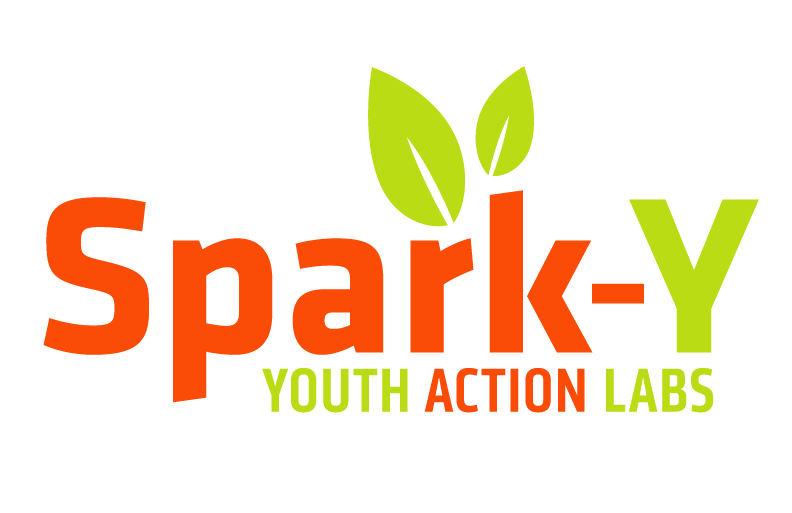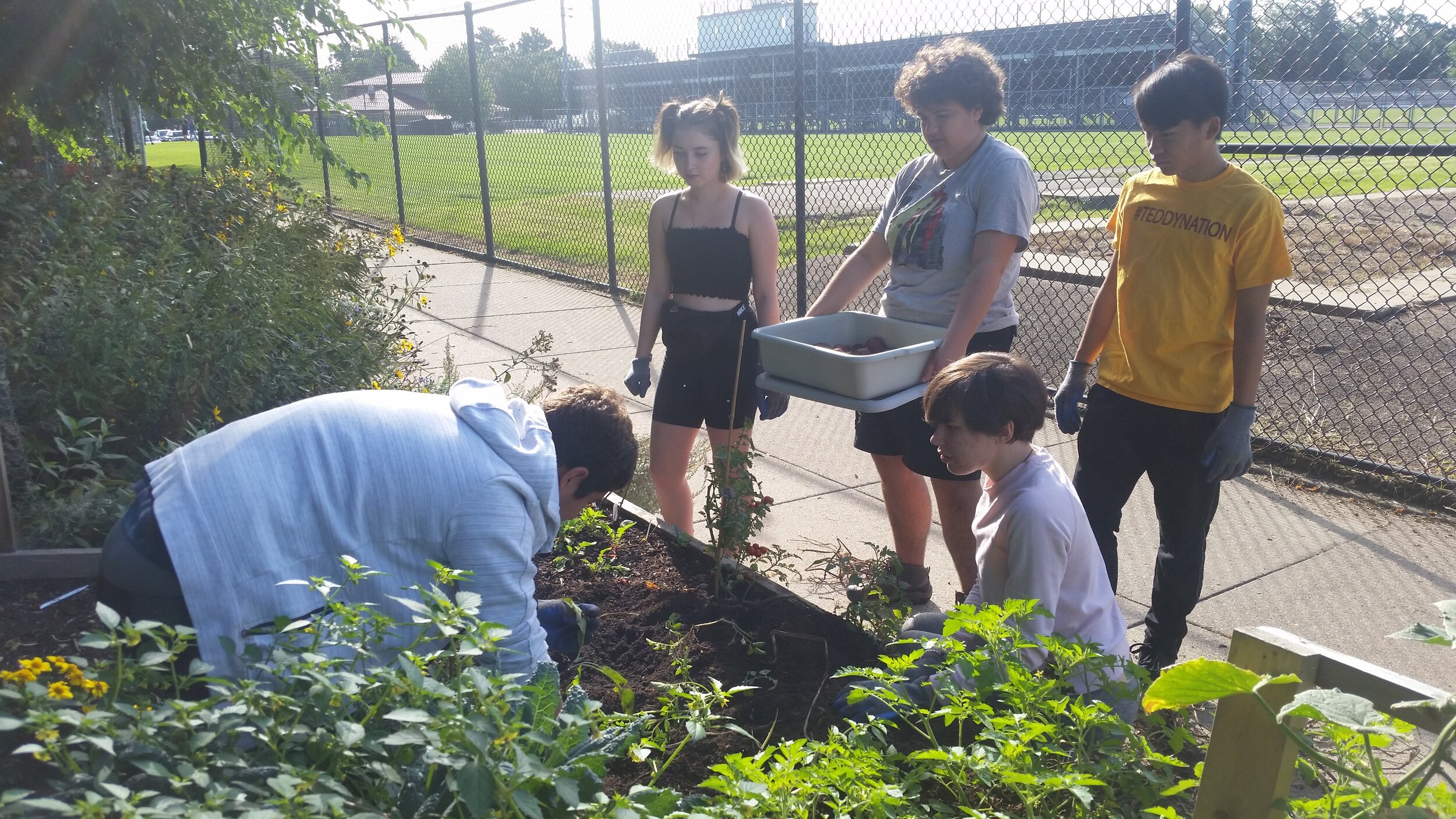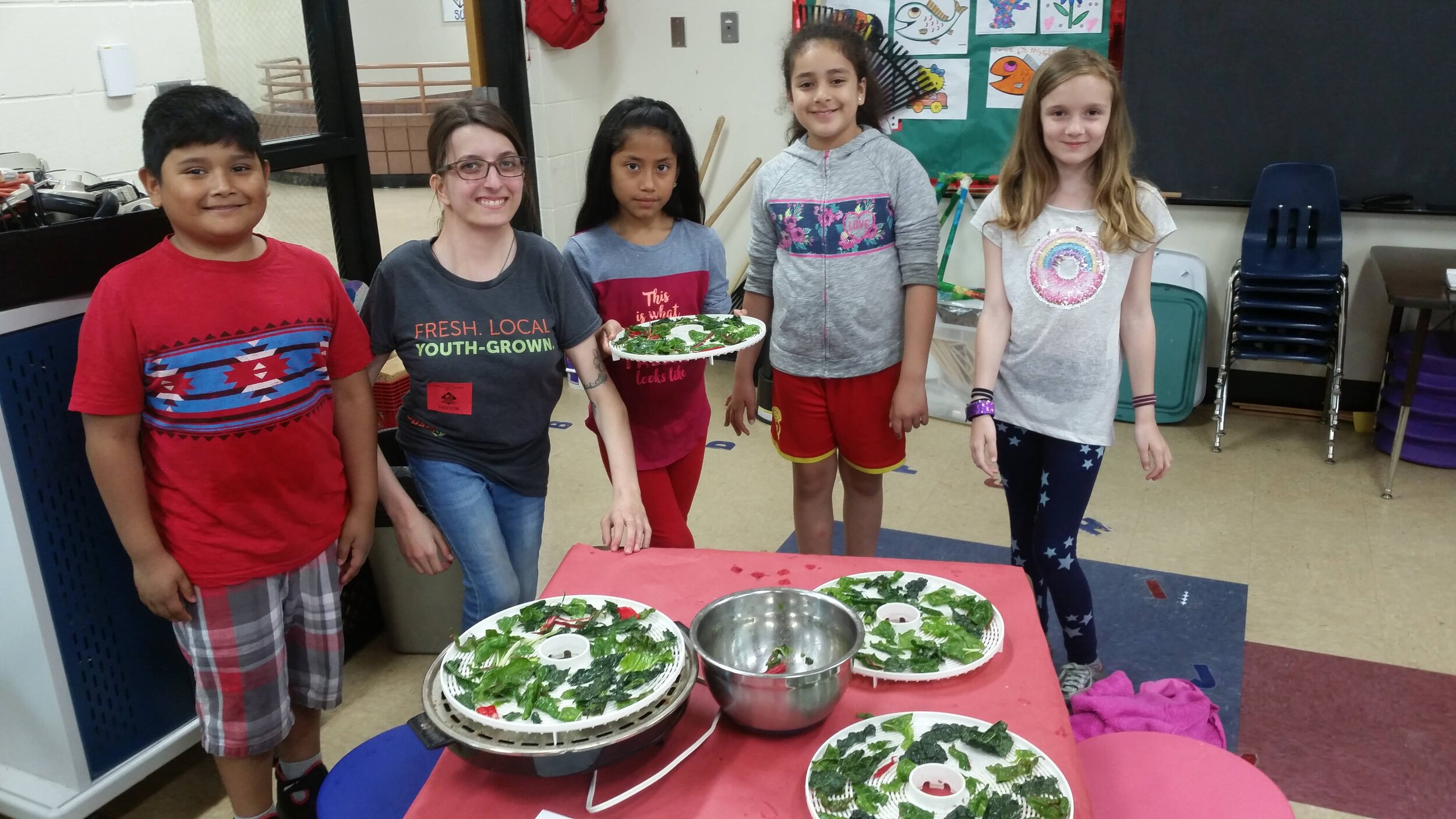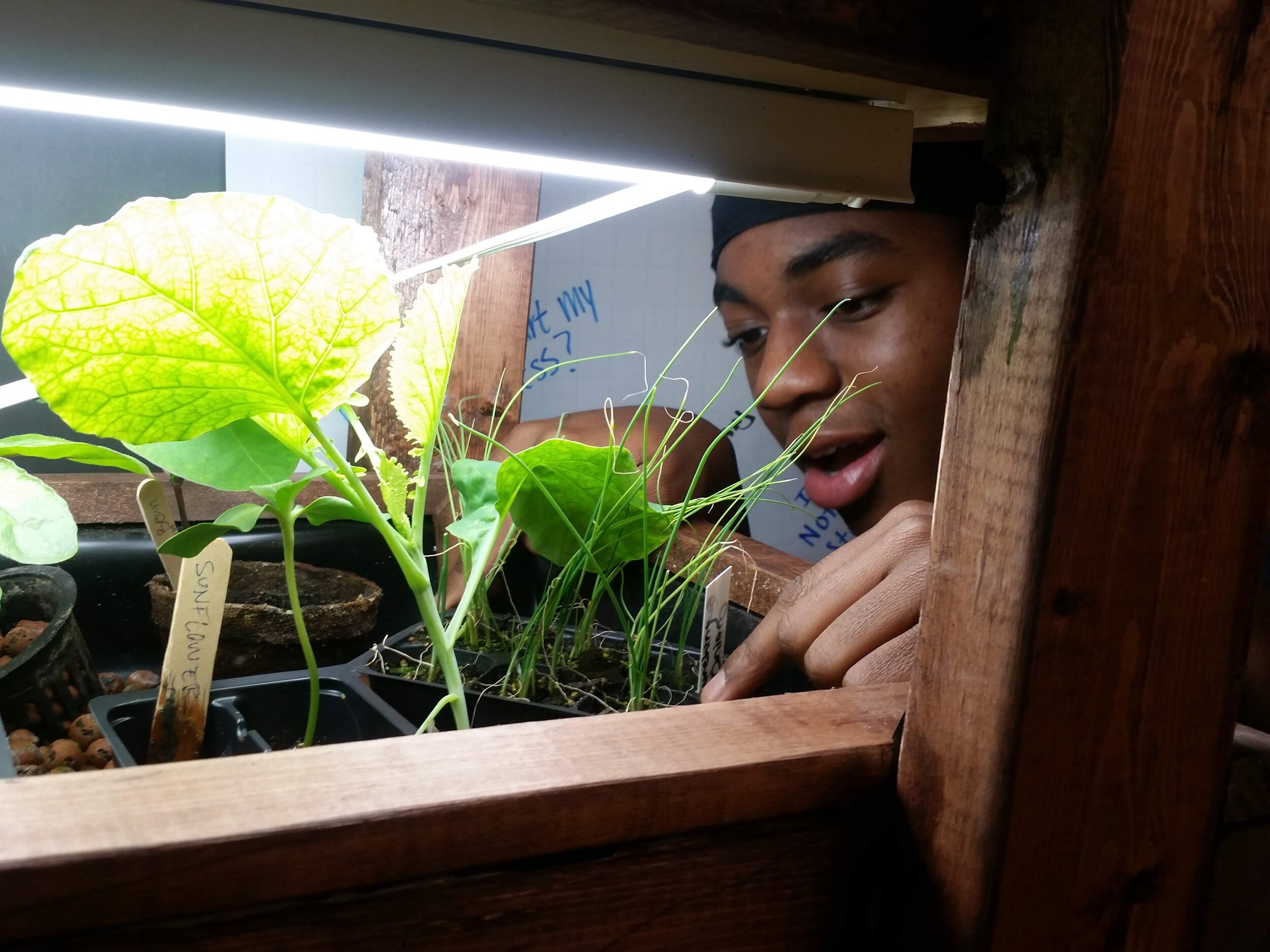The following blog post was contributed by established education blogger, Alyssa Abel.
In the evolving world of education and youth instruction, it’s becoming more important than ever to incorporate newer, better learning — to keep youth engaged, promote personalized learning and contribute to a more successful education system.
When it comes to offering an engaging experience across subjects and school levels, hands-on education systems are what we need to re-engage students in a time too tied with technology. Whether it’s through classroom-based models, hands-on labs or out-of-school experiences, experiential education programs like those offered at Spark-Y do more than enable youth empowerment — they bridge the gap and offer value for every learning style.
Here’s how hands-on learning is effective and revolutionary for all learners:
1. Hands-On Learning Engages Tactile Learners
When it comes to traditional classroom instruction or lecture-based educational programming, tactile learners are at a disadvantage. They’re not engaged by listening — they’re engaged by doing.
Children with a kinesthetic learning style quickly and permanently learn what they do in and out of the classroom, which is why schools and youth programming alike should employ more hands-on learning methods over classic instruction or technology-based models.
2. Hands-On Learning Offers Cultural Exposure
In a traditional classroom environment, students sit side by side, encouraged to engage with a static lecture or presentation — but not necessarily encouraged to engage with each other. Classrooms and youth-centered programs comprise students of so many different backgrounds, cultures and experiences. In this evolving social age, exposing children to diversity is more important than ever, but standard classroom methods may not be the most conducive to real exposure.
From a young age, cultural exchanges and educational experiences are essential to youth development, but not every family is able to offer their children the enriching experience of cultural exchange environments. In hands-on environments like Spark-Y’s in-school programs, internships and urban agriculture labs, children are able to interact and work directly with each other, exposing them to a variety of backgrounds — no matter what they’re studying.
While cultural exposure isn’t the focal point of a hands-on curriculum, it’s an inevitable benefit. Through these tactile educational experiences, youth participants gain a deeper understanding of the world — and of each other.
Spark-Y program youth visit the Urban Ag Lab at Casket Arts headquarters to tour the microgreens growing tower and DIY Bio Lab.
3. Hands-On Activities Provide Experiential Learning Opportunities
Many educators treat experiential learning like a side dish instead of the main course. But experiential learning gets all students engaged because it focuses on building knowledge through what students do and observe. Traditional lectures engage only a small number of students, while experiential learning demands youth take ownership of their educational experience.
At Spark-Y, for example, educators like Cecelia Watkins facilitate unique hands-on learning experiences that offer students the physical context and personal investment to drive learning concepts home. Through unique “Action Lab” stations during Spark-Y’s annual harvest celebrations, students from partner schools are offered the unique opportunity to put their agricultural education into direct practice.
After spending months sustainably cultivating and growing food through hands-on aquaponics systems, students are assigned relevant, real-world tasks — like making guacamole with their own supply of cilantro or harvesting kale for kale chips. When the main course is experiential education, students are poised to taste more success.
As Watkins asserts, “independent, experiential learning” is the goal — and it makes all the difference. “Having a purpose and some autonomy about how to achieve it deeply engages students of all ability levels and age ranges,” she says. The result? Indelible learning outcomes.
4. Hands-On Curriculums Encourage Cognitive Development and Collaboration
When students engage in activities that require movement, talking and listening, it activates different brain regions, boosting cognitive development. Even for auditory learners, listening to a lecture only stimulates one or two brain areas.
Additionally, hands-on activities enable students to collaborate directly with their peers. Children learn best when they discuss what they've learned with others — the act of verbalizing their ideas helps cement them. Furthermore, students who don't understand an instructor's explanation of the material sometimes grasp it when they can work with other students to see the results.
5. Educators Have More Time to Individualize Instruction
Some students struggle with written or verbal language applications. Others wrestle with inductive and deductive reasoning. Regardless of the individual need, hands-on activities allow school and program leaders time to personalize instruction.
Teachers can create separate learning stations for different activities around their classroom, and assign students to small groups to complete these activities. In such an environment, teachers adopt a facilitator role, circulating the room and offering personalized advice. Students can spend additional time at stations designed to bolster skills they struggle with.
Inquiry Zone at Crossroads Elementary
For example, a Spark-Y partner program at Crossroads Elementary offers students in hands-on engineering classes the opportunity to use their talents and applications to come up with real-life solutions for classroom challenges. In the “Inquiry Zone,” instructors encourage third- and fourth-graders to focus on brainstorming their own ideas in stations — for both tactile challenges like building floating boats with pennies and theoretical solutions like improving the classroom.
By encouraging all students to “feel comfortable facing problems and thinking of creative solutions,” says Spark-Y educator Gabrielle Anderson, this program provides each individual with “a unique space to play and experiment without being told their answer is right or wrong.”
6. Students Of All Learning Styles Benefit From Hands-On Challenges
Some students learn best when they work independently. For students with a solitary learning style, hands-on activities provide them time to immerse themselves in studies they feel passionate about. Because of the variety of ways in which students learn, instructors would do well to include hands-on activities that engage all the senses.
Spark-Y’s hands-on focus on sustainability, agriculture and entrepreneurship offers students of all learning styles the opportunity to thrive — with elements of collaboration, individual responsibility and full sensory immersion in each unique program.
Want to Improve Engagement and Classroom Management? Incorporate More Hands-On Activities
When it comes to challenging kids’ creativity, exposing them to enriching opportunities and expanding their capabilities, hands-on learning is the key. And when educators choose to integrate hands-on experiences and curriculums into their classrooms, they can do more than engage students of all learning styles — they can encourage and empower all students to exceed their potential.
About the Author
Alyssa Abel is an established education blogger with a special interest in new learning methodologies. Read more of her work for students and educators of all levels on Syllabusy.








